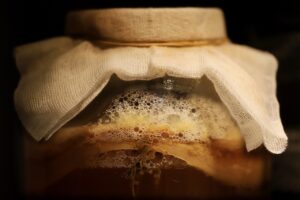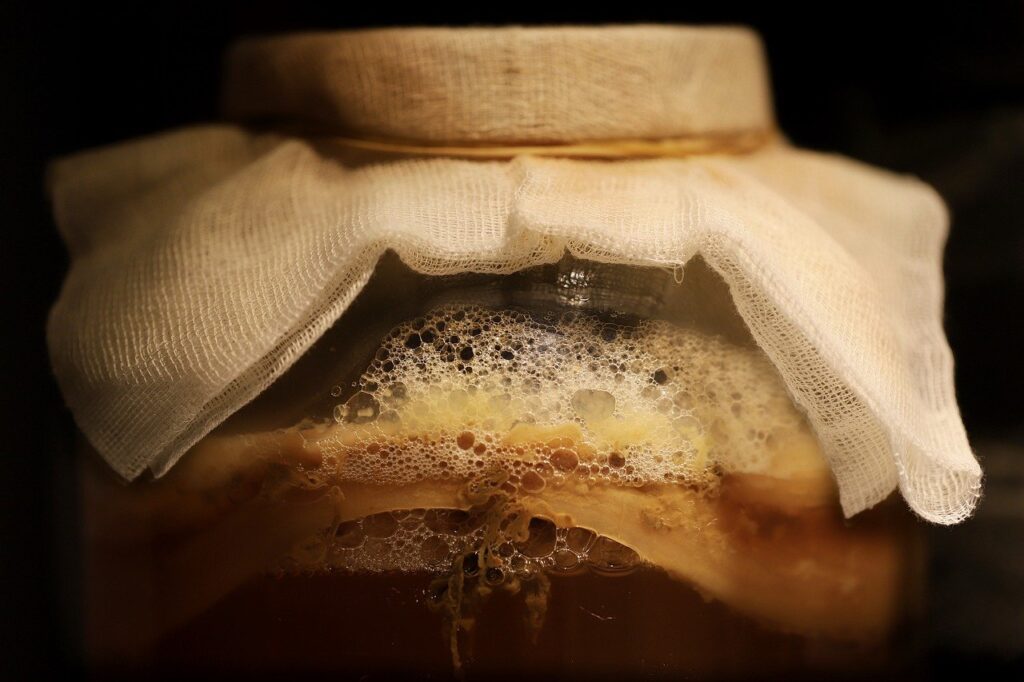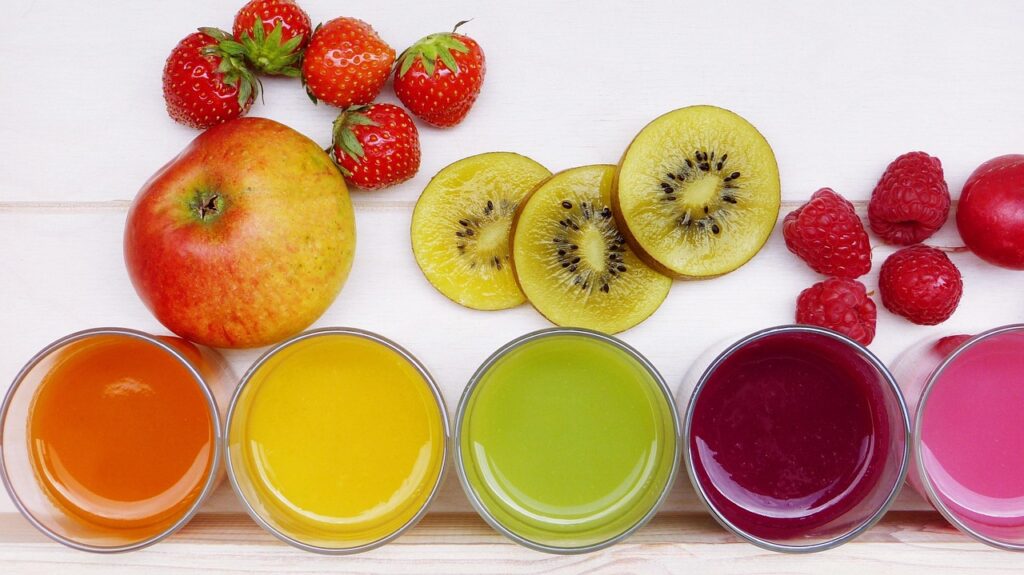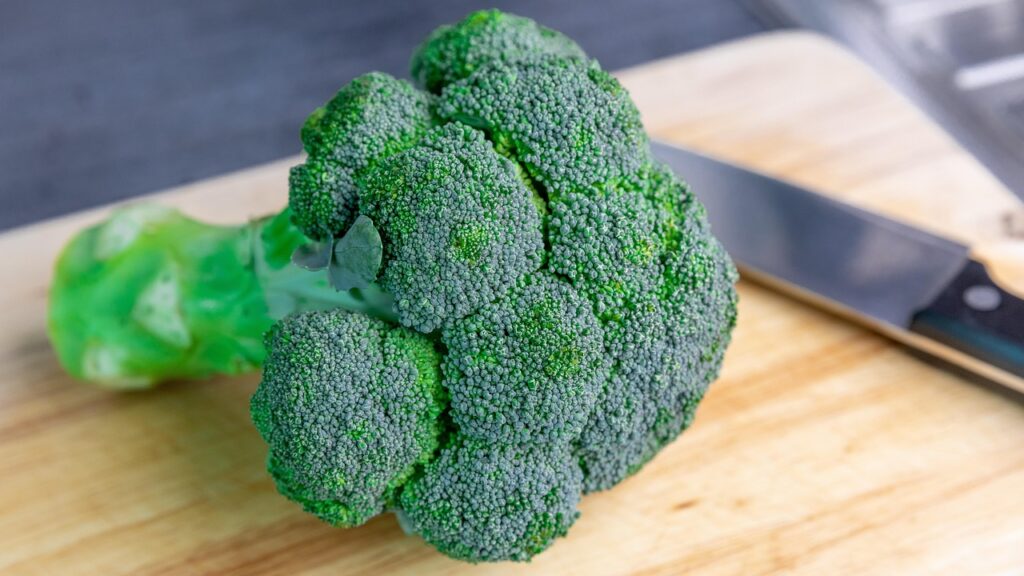Kombucha has taken the health world by storm, promising everything from better digestion to glowing skin. You’ve probably seen people sipping on it at yoga classes, farmers’ markets, and trendy cafés. But behind its fizzy charm and probiotic-packed reputation, could there be some not-so-sparkling secrets hiding in that bottle? Let’s take a closer look at what’s really going on inside your favorite fermented drink.
First, let’s talk about how kombucha is made. This tangy tea starts with a simple mix of brewed tea, sugar, and a strange, jelly-like blob called a SCOBY (Symbiotic Culture of Bacteria and Yeast). The SCOBY works its magic over a few weeks, munching on the sugar and producing the fizzy, slightly vinegary drink people love. Sounds pretty natural, right? But here’s the catch—because it’s a living beverage, kombucha isn’t always as predictable as you might think.
One of the biggest concerns with kombucha is contamination. Since it’s brewed using live bacteria and yeast, it needs to be handled with care. If the fermentation process isn’t done correctly, bad bacteria or mold can sneak in, turning your health drink into something far less appealing. Homebrewers, in particular, need to be extra cautious—one wrong step, and that SCOBY could be growing things you definitely don’t want to drink.
Then there’s the alcohol factor. Most store-bought kombucha contains a small amount of alcohol due to fermentation, usually below 0.5% ABV. But in some cases, that number can creep up, especially if bottles sit on the shelf too long or aren’t properly refrigerated. In fact, some brands have even been pulled from stores because their alcohol content was higher than expected. So if you’re drinking a lot of kombucha, you might be getting a bit more buzz than you bargained for!
Another surprising downside? The sugar content. While the fermentation process eats up a lot of the sugar, some brands still have quite a bit left over—sometimes as much as a soda! That means your “healthy” drink might not be as guilt-free as you thought. Always check the label to see how much sugar is really in that bottle before assuming it’s the best choice for your gut.
Speaking of gut health, kombucha is often praised for its probiotics, but not all bottles are created equal. Some brands pasteurize their kombucha to extend shelf life, which kills off many of the beneficial bacteria. Others may not contain as many probiotics as they claim. If you’re drinking kombucha for digestive benefits, make sure you’re actually getting the good stuff by looking for raw, unpasteurized versions.
Despite its quirks and potential pitfalls, kombucha can still be a great addition to your diet—if you know what you’re drinking. Just be mindful of how much you consume, where you’re getting it from, and what’s really inside the bottle. Like any health trend, it’s not a magic cure-all, but when made and consumed properly, kombucha can be a refreshing and probiotic-packed treat. Just remember, sometimes even the healthiest things have a few dark secrets hidden in the bubbles!







